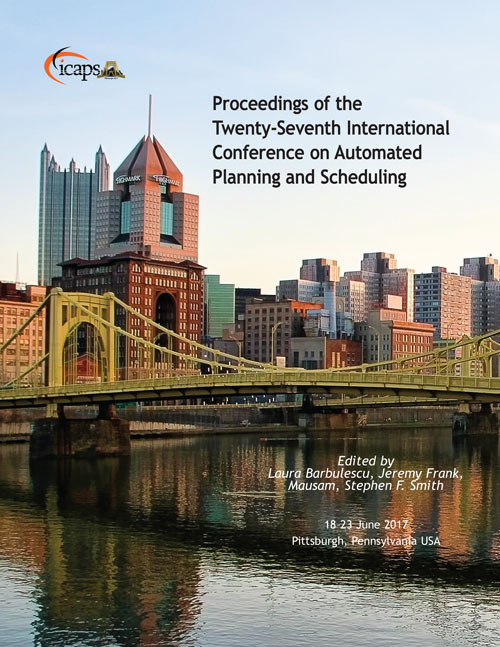Short-Term Human-Robot Interaction through Conditional Planning and Execution
DOI:
https://doi.org/10.1609/icaps.v27i1.13864Abstract
The deployment of robots in public environments is gaining more and more attention and interest both for the research opportunities and for the possibility of developing commercial applications over it. In these scenarios, proper definitions and implementations of human-robot interactions are crucial and the specific characteristics of the environment (in particular, the presence of untrained users) makes the task of defining and implementing effective interactions particularly challenging. In this paper, we describe a method and a fully implemented robotic system using conditional planning for generating and executing short-term interactions by a robot deployed in a public environment. To this end, the proposed method integrates and extends two components already successfully used for planning in robotics: ROSPlan and Petri Net Plans. The contributions of this paper are the problem definition of generating short-term interactions as a conditional planning problem and the description of a solution fully implemented on a real robot. The proposed method is based on the integration between a contingent planner in ROSPlan and the Petri Net Plans execution framework, and it has been tested in different scenarios where the robot interacted with hundreds of untrained users.

